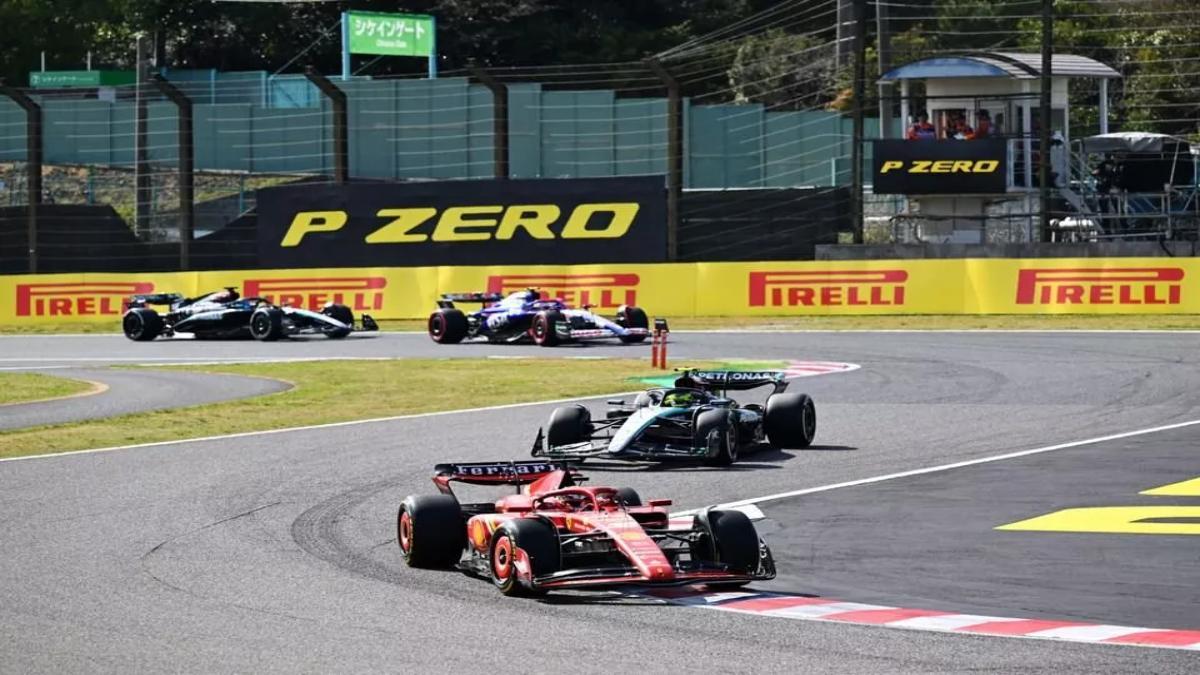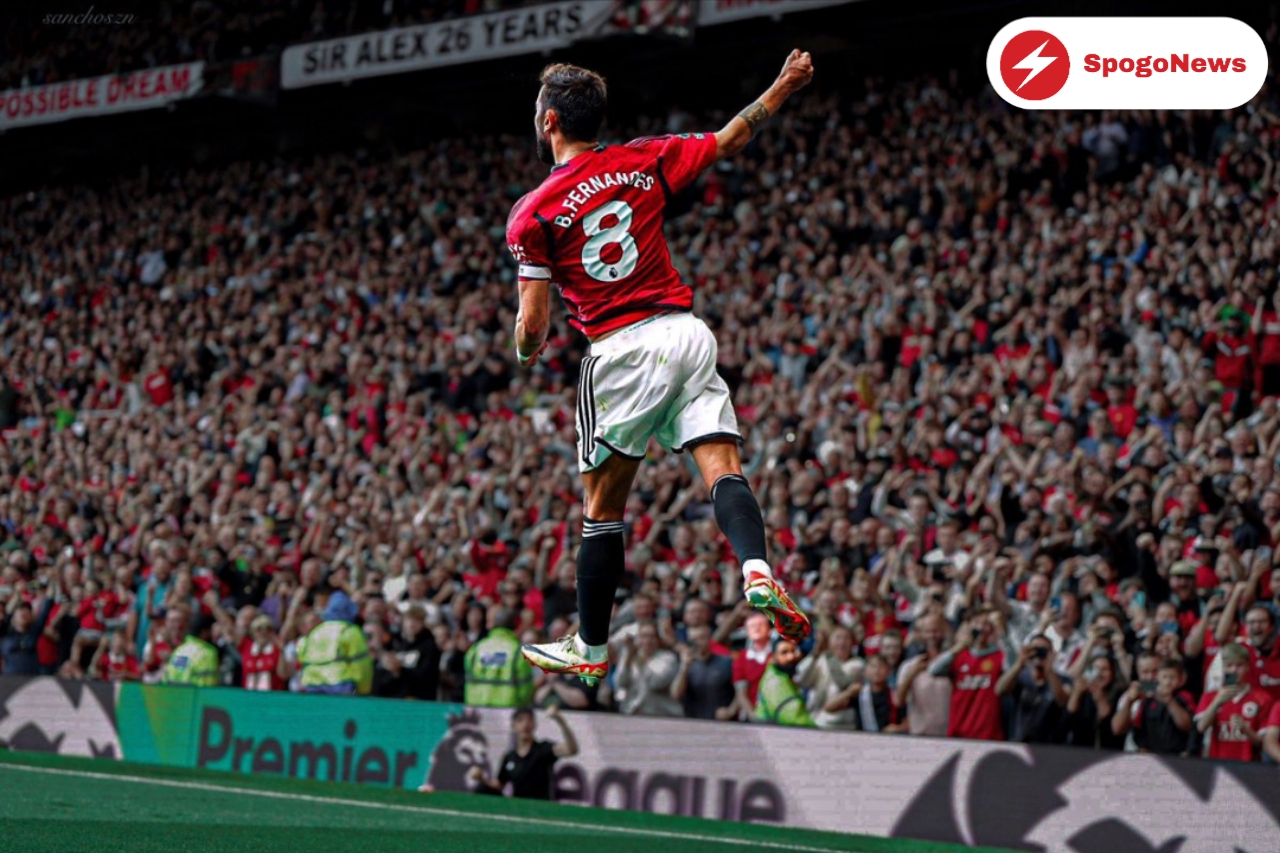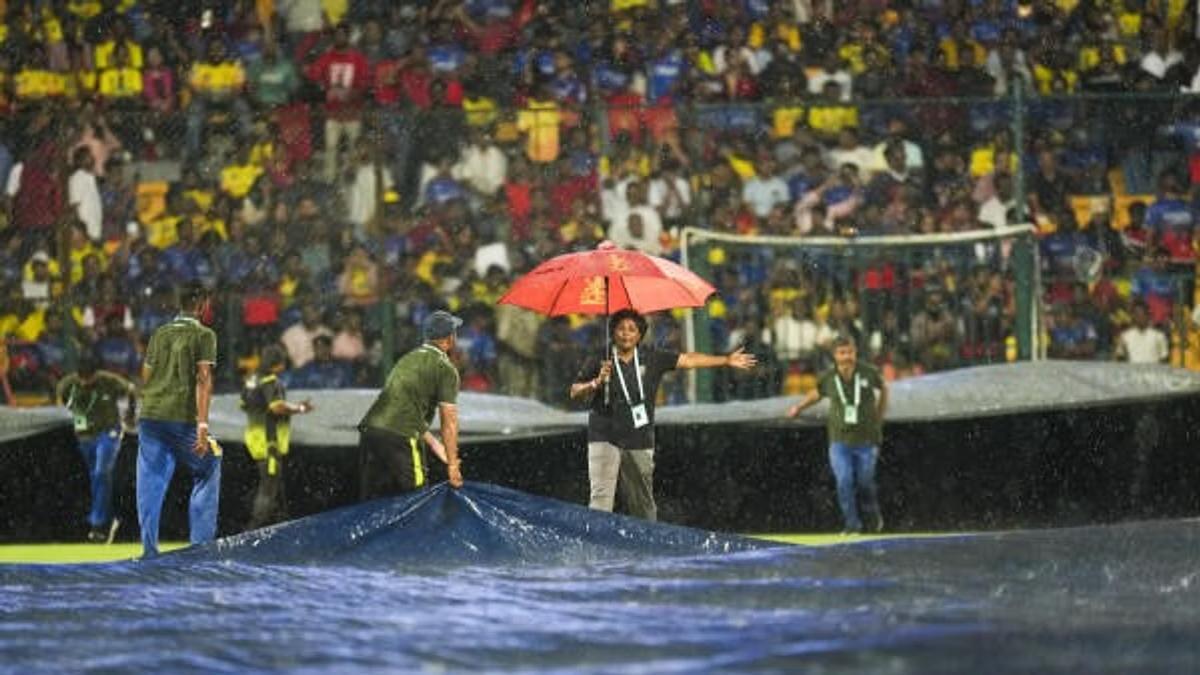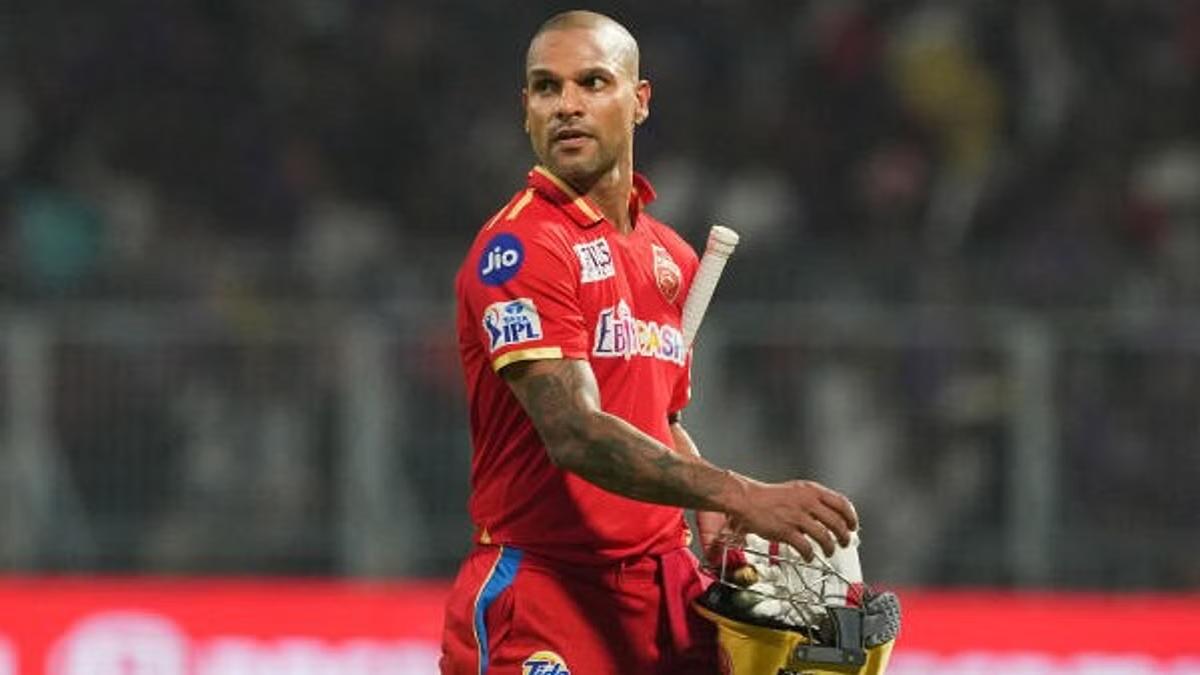(Motorsports news) Although the 2021 budget cap for teams has helped to narrow the field—the front and rear of the grid are now closer than ever—this season has seen an intriguing division of competitors.
Red Bull, Ferrari, McLaren, Aston Martin, and Mercedes are the top five squads. They have managed to essentially lock out the points-scoring positions by appearing to break away from the rear of the pack.
Given that every team is subject to the same cost ceiling limits, there is curiosity over the reasons behind this disparity. Szafnauer, the former manager of the Alpine and Aston Martin teams, believes that some aspects of the budgetary constraints have acted as a trigger.
He believes that certain teams have excelled in strategically reorganizing themselves to optimize cost cap opportunities while simultaneously securing the benefits of legacy infrastructure.
Speaking about why he thought the field had divided during an event to promote his new EventR itinerary management tool, Szafnauer remarked, “I can think of a few areas.”
One thing I noticed is that certain teams have performed better when it comes to cost cap structure. They have the ability to spend $10–15 million more than certain others, but keep in mind that this is only the performance margin.
Say you have an extra $15 million because of the way you have organized yourself. This means you can purchase more talent or carry out experiments that the other guys are unable to perform.
Additionally, even if there is a cost cap for both capital expenditures and operating expenses, I believe that on the capex side, we unintentionally frozen some disparities.
“The smaller teams are currently attempting to catch up and acquire an advantage due to certain tools that the larger teams possess. Additionally, it requires time—it was, roughly, $36 million spread over four years.
“I recall that we dealt with this at Alpine. We had to save up over time because we were unable to purchase what we desired. And the major teams just bought everything [there and then] when they saw the cost cap was coming because they had the money.
Szafnauer stated that in order for teams to maximize profits, some crucial components of car performance depended on them having a large amount of remaining spending capacity in the cost cap.
He said, “I’ll give you an example.” While some teams operate transparent floors that allow you to observe the flow directly, others do not. They had previously purchased that material.
For instance, during a conversation with my aerodynamicists at Alpine, they mentioned the necessity for a clear floor so that I could see what was happening. It’s with others!
“I recall that we dealt with this at Alpine. We had to save up over time because we were unable to purchase what we desired. And the major teams just bought everything [there and then] when they saw the cost cap was coming because they had the money.
Also read: Solskjaer’s Indian Tour: A Football Fan’s Dream Come True








